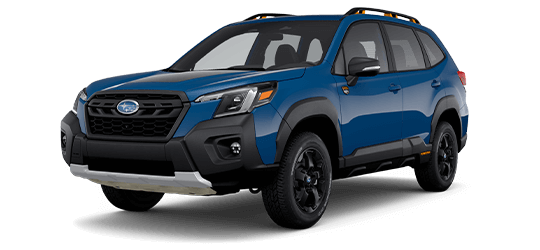When Apple programmer Kit Cutler's 2012 Ford Focus was slammed from behind by a silver Lexus, the hit was so hard that it shoved his car into the Honda Accord in front of him. There was no bodily injury in the accident, but the driver of the silver Lexus drove off without providing auto insurance information to anyone. Cutler and the Accord's driver exchanged insurer information, filed reports with the police, and went home. The accident was only slightly more confusing to Cutler than the car insurance claims process that came after.
All on its own, insurance coverage can be baffling, but the car insurance claims process is even worse. "Most people only file a claim every eight to 10 years," says Jeanne Salvatore, vice president for public affairs and consumer spokesperson for the Insurance Information Institute, an industry-supported, non-lobbying group dedicated to improving public understanding of insurance.


 by
by 
